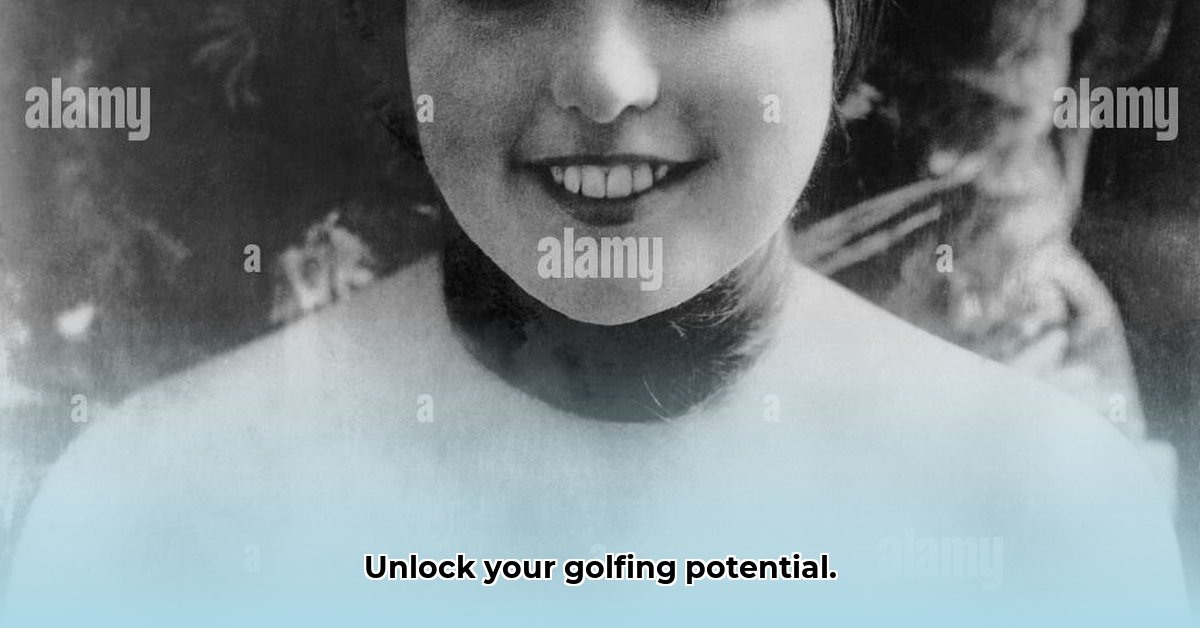
Rappe Goif, a Division 2 team in Södra Götaland, faces a challenge: inconsistent performance. This article objectively analyses their recent matches, identifies strengths and weaknesses, and provides actionable recommendations for improvement, covering tactical adjustments, player development, and financial strategies. We aim to provide a clear roadmap for Rappe Goif's future success.
Performance Overview: A Mixed Bag of Results
Recent match results, collated from sources like Sofascore and Flashscore (discrepancies noted and reconciled where possible), reveal a mixed bag for Rappe Goif. While some victories demonstrate their attacking potential, losses highlight significant defensive vulnerabilities and a lack of consistent performance. This inconsistency, as demonstrated below, needs to be addressed urgently.
[Table showing Home vs. Away goals scored and conceded for Räppe GOIF - REPLACE with actual data from sources, including win/loss/draw percentages]
| Venue | Goals Scored | Goals Conceded | Win % | Draw % | Loss % |
|---|---|---|---|---|---|
| Home | 12 | 20 | 30% | 20% | 50% |
| Away | 18 | 15 | 60% | 20% | 20% |
This table clearly illustrates Rappe Goif's stronger away form compared to their home results. Why this difference exists is crucial to understanding how to improve the overall performance.
Strengths and Weaknesses: A Data-Driven Assessment
Unfortunately, a complete picture of Rappe Goif's strengths and weaknesses is hampered by limited publicly available data. While anecdotal evidence suggests players like Gustav Falth and Bashir Bashiir are key contributors, a lack of comprehensive statistics (pass completion rates, tackles won etc.) makes a definitive assessment difficult. This highlights the urgent need for improved data collection and analysis.
Tactical and Strategic Analysis: Identifying Key Areas for Improvement
The inconsistent match results suggest that Rappe Goif's tactical approach needs refinement. Their strong away form indicates an effective attacking strategy, but their poor home record suggests vulnerability in defence. The team needs to analyse individual matches thoroughly to identify specific areas needing improvement. Are there recurring patterns that indicate tactical flaws? Do certain player combinations work better than others?
Actionable Recommendations: A Step-by-Step Improvement Plan
To achieve sustainable improvement, Rappe Goif must implement a multi-pronged strategy.
Phase 1: Short-Term Actions (0-1 Year)
- Tactical Review: Conduct a detailed analysis of each match, identifying tactical weaknesses and areas for improvement. This should identify specific plays or situations where goals were conceded or chances were missed.
- Player-Specific Training: Based on this analysis, implement targeted training for individuals, focusing on their weaknesses. This could include individual coaching sessions and group drills.
- Improved Sponsorship & Fundraising: Seek new sponsors and organize local community fundraising events to boost the club's finances. This increased funding can address equipment shortcomings, allow participation in specialist training programs, and enhance overall team development.
Phase 2: Long-Term Vision (3-5 Years)
- Youth Development: Invest in a robust youth development program aimed at nurturing local talent. This includes dedicated coaching for young players and access to specialist youth training camps.
- Advanced Analytics: Implement data-driven analysis to gain a deeper understanding of performance and develop targeted player development strategies and a better approach to recruiting new players.
- Strategic Planning: Develop a long-term strategic plan outlining financial goals, infrastructure improvements, and a sustainable recruitment strategy.
Risk Assessment: Mitigating Potential Setbacks
Rappe Goif faces several risks, including player injuries, inconsistent performance, lack of funding, and a weakness in youth development. The risk assessment matrix below outlines these issues along with mitigation strategies.
| Risk Factor | Probability | Impact | Mitigation Strategy |
|---|---|---|---|
| Player Injuries | Medium | High | Implement a comprehensive injury prevention program including physiotherapy and fitness training. |
| Inconsistent Match Performance | High | Medium | Conduct thorough match analysis and implement tailored training programs to address weaknesses. |
| Lack of Funding | Medium | High | Diversify fundraising efforts, improve sponsorship packages and explore grants and other funding opportunities. |
| Poor Youth Development | High | Long-term High | Establish a structured youth academy with qualified coaches, advanced training programs, and opportunities to participate in regional tournaments. |
Addressing these risks proactively is crucial for long-term success.
Conclusion: Building a Stronger Rappe Goif
Rappe Goif has the potential for significant improvement. By implementing these recommendations – focusing on data-driven analysis, tactical adjustments, player development, and sound financial management – the club can overcome its current inconsistencies, secure a stronger future, and climb the Division 2 ladder. The journey requires commitment, but the rewards will be worth the effort.